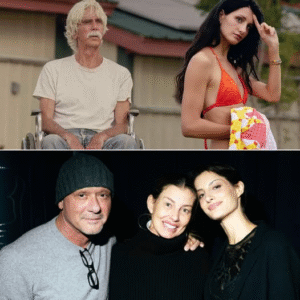From Stadiums to Studios
He once filled the world’s largest arenas with fans singing along to every word. Today, most of his days are spent in a quiet Los Angeles studio, surrounded by decades of awards. Music no longer drives his career—it sustains his spirit.
During the 1970s, he released hit after hit and toured relentlessly. Audiences packed his concerts, singing back the songs he wrote and performed. His stage presence became legendary, cementing him as one of the decade’s biggest music stars.
Early Life and Breakthrough
Born on January 24, 1941, in Brooklyn, New York, he grew up in a Jewish family. Music captured him early. As a teenager, he learned guitar, wrote songs, and performed in small New York City clubs. He also spent time at the Brill Building, trying to place his work with publishers.
His breakthrough arrived in the mid-1960s with singles like Solitary Man and Cherry, Cherry. Around the same time, The Monkees recorded several of his songs, including I’m a Believer, boosting his reputation as a songwriter.
By the late 1960s, he was emerging as both a songwriter and performer. Hits like Thank the Lord for the Night Time, Holly Holy, Sweet Caroline, and Song Sung Blue defined his career. His 1978 duet with Barbra Streisand, You Don’t Bring Me Flowers, further cemented his fame.
Through the 1980s and 1990s, he became a top touring artist, performing in sold-out arenas worldwide. His commanding stage presence and heritage earned him the nickname “the Jewish Elvis.”
Parkinson’s Diagnosis and Retirement
In January 2018, doctors diagnosed him with Parkinson’s disease. Following their advice, he retired from touring and canceled the final leg of his 50th Anniversary Tour in Australia and New Zealand.
He explained, “It is with great reluctance and disappointment that I announce my retirement from concert touring. I have been so honored to bring my shows to the public for the past 50 years.”
The announcement marked the end of large-scale live performances. Yet, he continued to write, record, and work on new projects, gradually accepting the limitations imposed by Parkinson’s. Initially in denial, he eventually found a sense of peace, embracing a slower, quieter life.
A New Sanctuary
His Los Angeles studio, filled with plaques and awards, became his sanctuary. There, he sang and recorded, finding joy in music even without roaring crowds. The creative process remained his lifeline, helping him stay connected to a career that shaped his life.
Understanding Parkinson’s Disease
Parkinson’s disease affects the nervous system and worsens over time. It often starts with subtle tremors and can cause stiff muscles, slow movements, and balance issues. Symptoms progress gradually, affecting daily tasks.
While incurable, medications and, in some cases, surgery can help manage symptoms. Risk factors include age, genetics, gender, and environmental exposures. For him, Parkinson’s ended the grueling pace of touring but not his connection to music.
Broadway and Personal Connections
Even after retiring from the road, he found new ways to engage with fans. The Broadway musical A Beautiful Noise, based on his life and songs, became a platform for him to reconnect with audiences. At opening night, he led the theater in Sweet Caroline, basking in the love of fans.
These smaller, intimate appearances replaced stadium tours, letting him enjoy music without physical strain. He frequently interacts with the cast and fans, sharing laughter, guidance, and stories.
A Life Built on Music
At 84, he still appears occasionally with the Broadway cast, showing the bond between the singer and his audience. Parkinson’s may limit movement, but it has not diminished his voice or his gratitude for a life shaped by music. For decades, his songs have connected him with millions, and even today, that connection endures.





